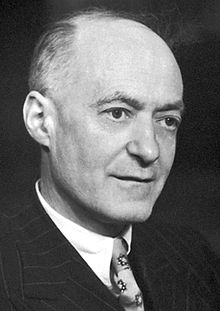
Robert Floyd Curl Jr. was an American chemist who was Pitzer–Schlumberger Professor of Natural Sciences and professor of chemistry at Rice University. He was awarded the Nobel Prize in Chemistry in 1996 for the discovery of the nanomaterial buckminsterfullerene, and hence the fullerene class of materials, along with Richard Smalley and Harold Kroto of the University of Sussex.
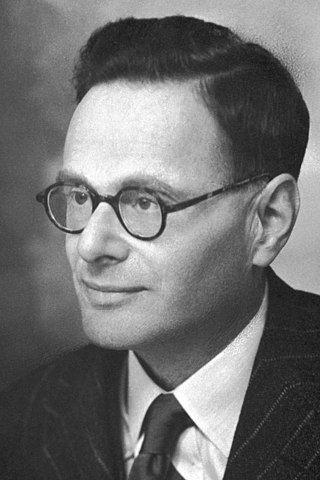
Sir Hans Adolf Krebs, FRS was a German-British biologist, physician and biochemist. He was a pioneer scientist in the study of cellular respiration, a biochemical process in living cells that extracts energy from food and oxygen and makes it available to drive the processes of life. He is best known for his discoveries of two important sequences of chemical reactions that take place in the cells of nearly all organisms, including humans, other than anaerobic microorganisms, namely the citric acid cycle and the urea cycle. The former, often eponymously known as the "Krebs cycle", is the sequence of metabolic reactions that allows cells of oxygen-respiring organisms to obtain far more ATP from the food they consume than anaerobic processes such as glycolysis can supply; and its discovery earned Krebs a Nobel Prize in Physiology or Medicine in 1953. With Hans Kornberg, he also discovered the glyoxylate cycle, a slight variation of the citric acid cycle found in plants, bacteria, protists, and fungi.

Dudley Robert Herschbach is an American chemist at Harvard University. He won the 1986 Nobel Prize in Chemistry jointly with Yuan T. Lee and John C. Polanyi "for their contributions concerning the dynamics of chemical elementary processes". Herschbach and Lee specifically worked with molecular beams, performing crossed molecular beam experiments that enabled a detailed molecular-level understanding of many elementary reaction processes. Herschbach is a member of the Board of Sponsors of the Bulletin of the Atomic Scientists.
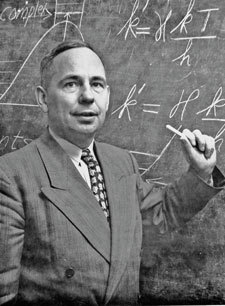
Henry Eyring was a Mexico-born United States theoretical chemist whose primary contribution was in the study of chemical reaction rates and intermediates. Eyring developed the Absolute Rate Theory or Transition state theory of chemical reactions, connecting the fields of chemistry and physics through atomic theory, quantum theory, and statistical mechanics.
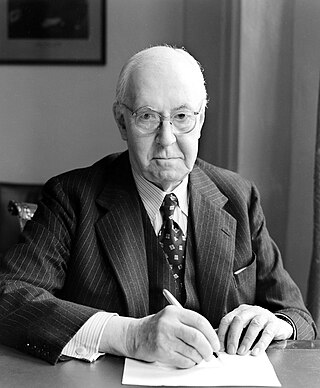
Sir Henry Hallett Dale was an English pharmacologist and physiologist. For his study of acetylcholine as agent in the chemical transmission of nerve pulses (neurotransmission) he shared the 1936 Nobel Prize in Physiology or Medicine with Otto Loewi.

Manfred Eigen was a German biophysical chemist who won the 1967 Nobel Prize in Chemistry for work on measuring fast chemical reactions.

Rudolph Arthur Marcus is a Canadian-born American chemist who received the 1992 Nobel Prize in Chemistry "for his contributions to the theory of electron transfer reactions in chemical systems". Marcus theory, named after him, provides a thermodynamic and kinetic framework for describing one electron outer-sphere electron transfer. He is a professor at Caltech, Nanyang Technological University, Singapore and a member of the International Academy of Quantum Molecular Science.
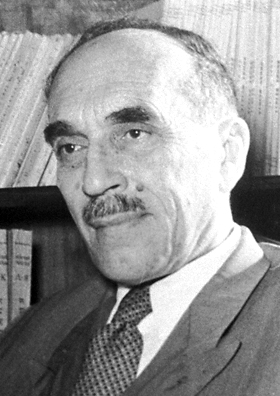
Nikolay Nikolayevich Semyonov , sometimes Semenov, Semionov or Semenoff was a Soviet physicist and chemist. Semyonov was awarded the 1956 Nobel Prize in Chemistry for his work on the mechanism of chemical transformation.
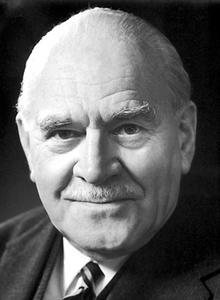
Ronald George Wreyford Norrish FRS was a British chemist who was awarded the Nobel Prize in Chemistry in 1967.

John Charles Polanyi is a German-born Canadian chemist. He was awarded the 1986 Nobel Prize in Chemistry for his research in chemical kinetics.

George Porter, Baron Porter of Luddenham, was a British chemist. He was awarded the Nobel Prize in Chemistry in 1967.
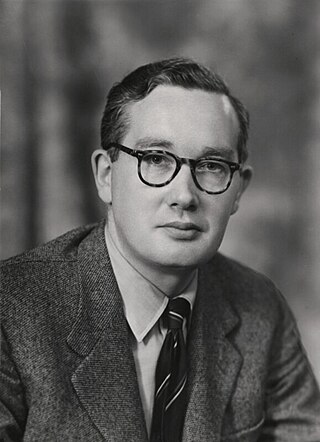
Sir Derek Harold Richard Barton was an English organic chemist and Nobel Prize laureate for 1969.

Sir Gregory Paul Winter is a Nobel Prize-winning English molecular biologist best known for his work on the therapeutic use of monoclonal antibodies. His research career has been based almost entirely at the MRC Laboratory of Molecular Biology and the MRC Centre for Protein Engineering, in Cambridge, England.
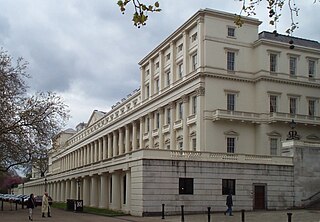
The Leverhulme Medal is awarded by the Royal Society every three years "for an outstandingly significant contribution in the field of pure or applied chemistry or engineering, including chemical engineering". It was created in 1960 after a donation by the Leverhulme Trust to mark the 300th anniversary of the foundation of the Royal Society, and is accompanied by a £2000 gift. Since its creation, it has been awarded 21 times, and unlike other Royal Society medals such as the Royal Medal, it has never been awarded to the same person multiple times. Citizens of the United Kingdom have won the medal 19 of the 21 times; the two foreign recipients have been Man Mohan Sharma, an Indian citizen who was awarded the medal in 1996 "for his work on the dynamics of multi-phase chemical reactions in industrial processes", and Frank Caruso, an Australian chemical engineer, awarded the medal in 2019. Two Leverhulme Medal winners have also won the Nobel Prize in Chemistry: Archer John Porter Martin, who won the medal in 1963 for "his distinguished and fundamental discoveries in chromatography and its application" and the Nobel Prize in 1952, and Cyril Norman Hinshelwood, who won the medal in 1960 for "his outstanding contributions to physical chemistry" and the Nobel Prize in 1956. Anne Neville became the first woman to receive the award in 2016.

Brigadier-General Sir Harold Brewer Hartley was a British physical chemist. He moved from academia to important positions in business and industry, including serving as Chairman of the British Overseas Airways Corporation.
Keith James Laidler, born in England, was notable as a pioneer in chemical kinetics and authority on the physical chemistry of enzymes.
Herbert Edward Douglas Blakiston was an English academic and clergyman who served as President of Trinity College, Oxford, and as Vice-Chancellor of the University of Oxford.

Sir John Shipley Rowlinson was a British chemist. He attended Oxford University, where he completed his undergraduate studies in 1948 and doctoral in 1950. He then became research associate at University of Wisconsin (1950–1951), lecturer at University of Manchester (1951–1961), Professor at Imperial College London (1961–1973) and back at Oxford from 1974 to his retirement in 1993.

The Department of Chemistry is the chemistry department of the University of Oxford, England, which is part of the university's Mathematical, Physical and Life Sciences Division.

The Balliol-Trinity Laboratories in Oxford, England, was an early chemistry laboratory at the University of Oxford. The laboratory was located between Balliol College and Trinity College, hence the name. It was especially known for physical chemistry.
